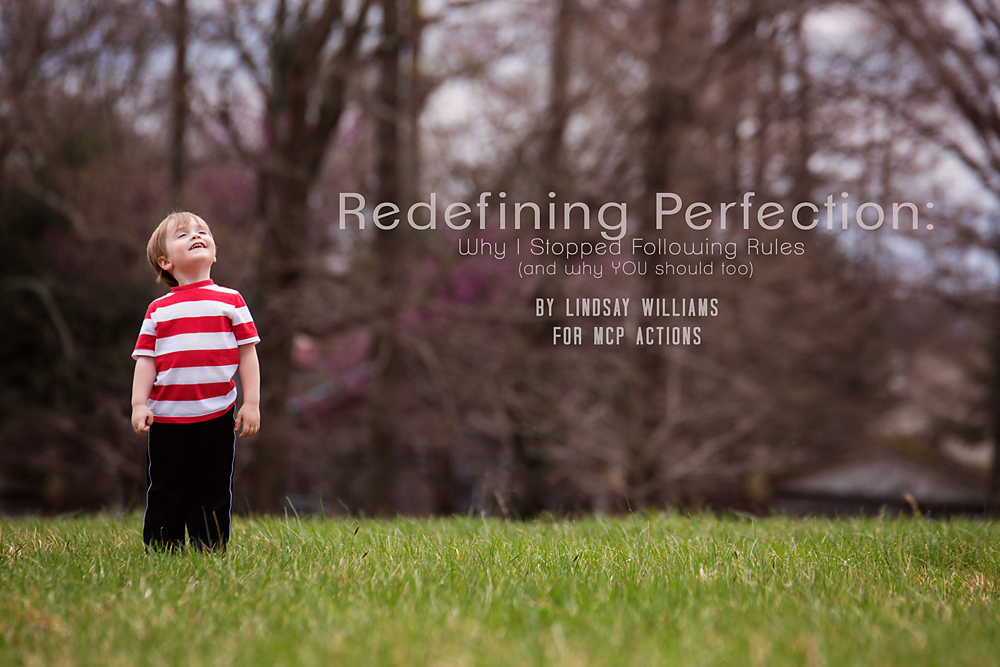
If you ask someone how to get the perfect photo, you might get a response that includes information about exposure, posing, and lighting. Books you read might warn against chopping limbs, using wide angle lenses when photographing people, or failing to follow the rule of thirds. You might end up scared that other photographers will judge your photos and notice when you have broken “the rules,” making you nervous to step outside the box and get creative sometimes.
Even worse, you might try so hard to follow the rules that you leave every photo session stressed, exhausted, and disappointed–like I did, before I redefined perfection.
I did all of those things. When I first started trying to learn more about photography, I read a ton of books. I talked to a lot of photographers. I read a lot of tutorials, watched a lot of videos, and studied a lot of photographs to determine what I had to do to take “perfect” photos. In the process, I learned more than I thought possible about the technical side of photography, but I became so insecure and critical of my own work that I was not having fun.
I was not getting images that I absolutely loved.
For me, the sessions that stressed me out the most were always my own sessions with my two children. By the end of an attempt to get perfect photos with my sons, Gavin and Finley, I was usually ready to quit photography, my husband was usually ready to send me packing, and Gavin and Finley were usually crying because I kept trying to make them be still, look directly at my camera, and smile, when all they wanted to do was play or explore.
The turning point came for me when Finley was close to his first birthday.
I had planned out very specific shots that I wanted to get of him for his one-year photos, set aside a weekend to do them, and gathered together all of my props. I got a few cute photos with perfect smiles, perfect eye contact, and imperfect exposure (I only had a few months of experience with professional shooting), but I essentially ended each session with tears—either mine or Finley’s…and sometimes both.

When Finley’s second birthday rolled around recently, I had already made the decision that I wanted to capture his true personality and the things he loves most, not try to get perfectly posed photos with perfect eye contact and perfect smiles.
You see, Finley is the ultimate reason that I learned to embrace imperfection in my photography.
Finley has always been a difficult subject to photograph. He never reacted to my crazy sounds and pleas to look at my camera and smile. He never stayed still longer than a second. He never focused his attention on taking photos long enough for even one great shot of the four of us smiling and looking at the camera. After my experience with his first birthday photos, I gave up on getting “perfect” shots. And when we tried to get family photos a few months later using a friend as a human tripod, I didn’t get upset when this was the end result.
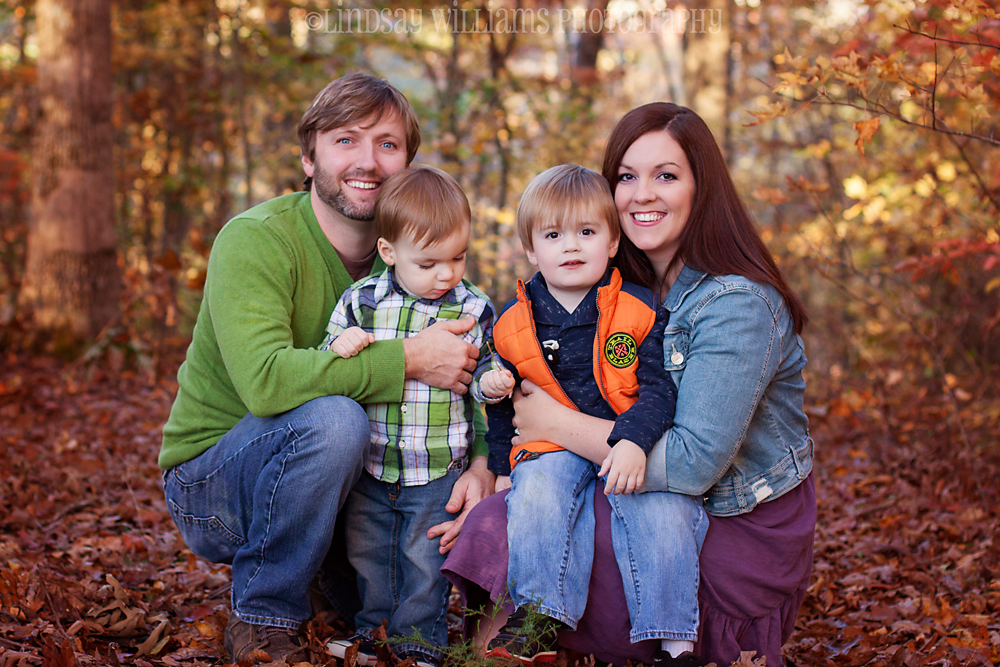
Even though people still make repeated comments like, “It’s too bad Finley isn’t looking at the camera,” the canvases I had made of this photo are hanging on my wall, my parents’ wall, and my father-in-law’s wall.
Why? Because he’s Finley. He would rather study a branch than smile for a photo or even look in that general direction. And you know what? That’s okay. In March, we got the official diagnosis that Finley is one of a growing number of children with an Autism Spectrum Disorder, and although it explains why I always had such a difficult time getting his attention in photos, it doesn’t change the fact that my entire idea of perfection in photography has been redefined. Finley’s photos that I took for his second birthday are perfect examples of my idea of perfection.
Perfection is capturing Finley’s love for drawing.

Perfection is documenting Finley’s habit of exploring textures by rubbing things on his cheeks.

Perfection is showing Finley’s love for horses (and wearing nothing but a diaper and cowboy boots).
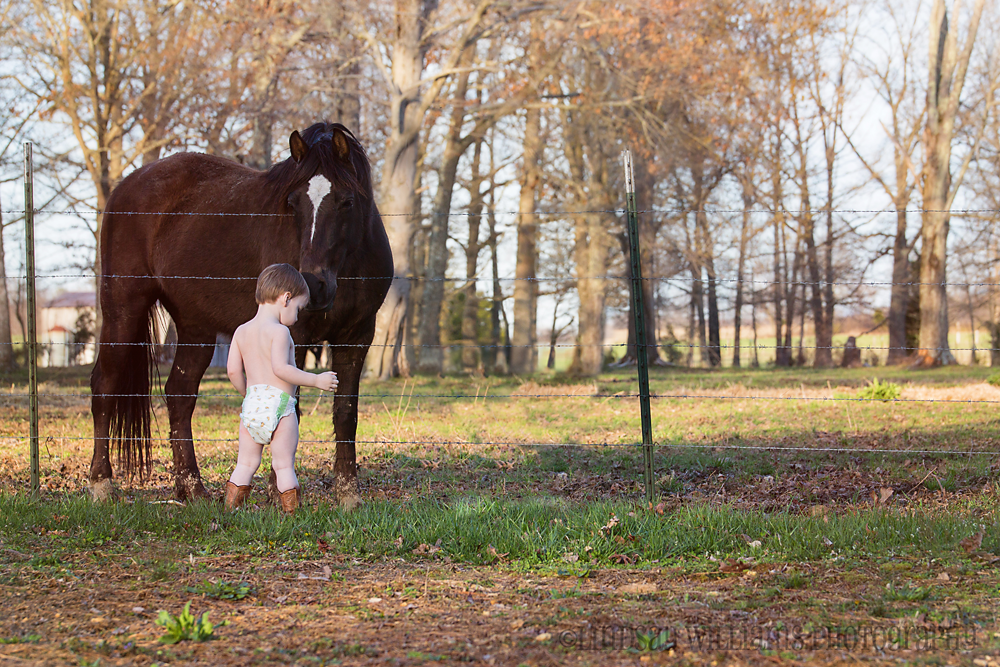
And sometimes, perfection IS a photo of Finley smiling and looking directly at the camera, but not because it’s “perfect” by any definition of the term. I’s perfect because it shows the sweet spirit he possesses.
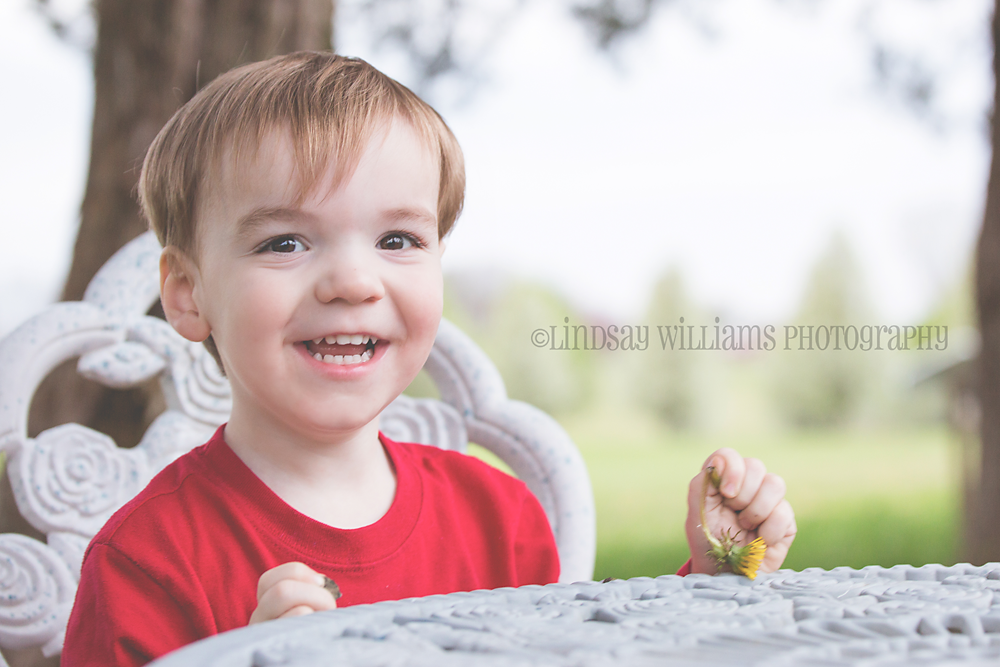
When I was stressing so much over getting my subjects in the perfect position or trying to make them constantly look at the camera and smile, I missed amazing shots of my boys being themselves.
I decided it was time to loosen up a little. Instead of planning out sessions with my kids, I started leaving my camera in the living room where I could grab it quickly if I saw an opportunity for a cute photo of them. I broke a lot of rules in those photos, and some of them are not very sharp or exposed very well. But some of those photos are my absolute favorites. Some of those photos, in fact, are the ones that I know my children will still treasure when they are adults.
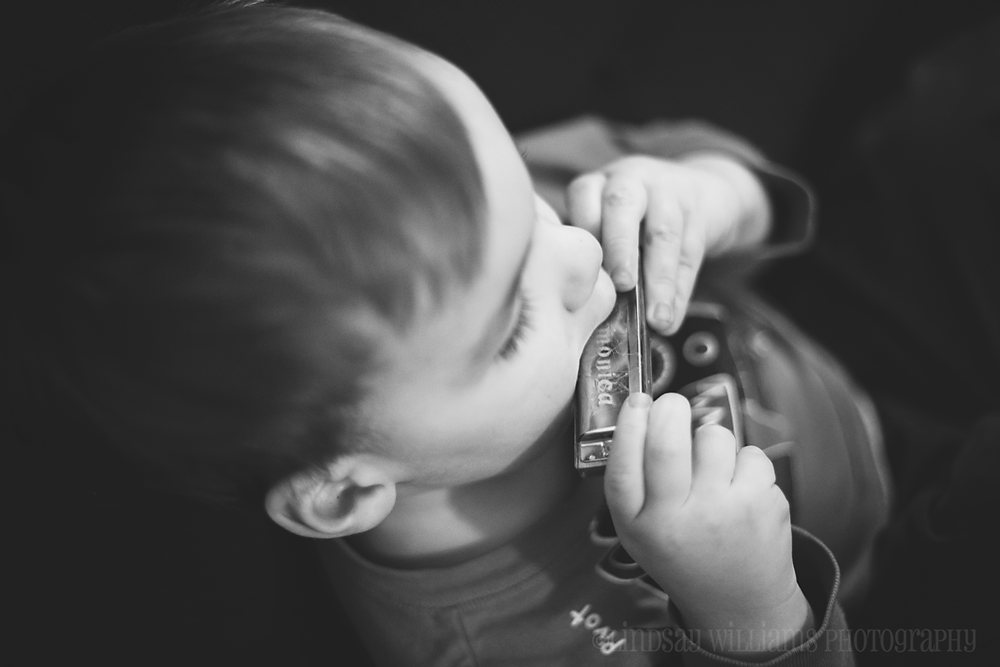
By loosening up, I discovered that those photos were the ones I always considered perfect. I started to fall completely head-over-heels in love with lifestyle photography, and when I did, I rediscovered my passion for my hobby. Instead of trying to capture perfect smiles, I started trying to capture the love my subjects have for each other and the personalities that make them unique. As a result, my skills and the quality of my photos started improving because I had more room in my head to think about exposure and using available light to my advantage.
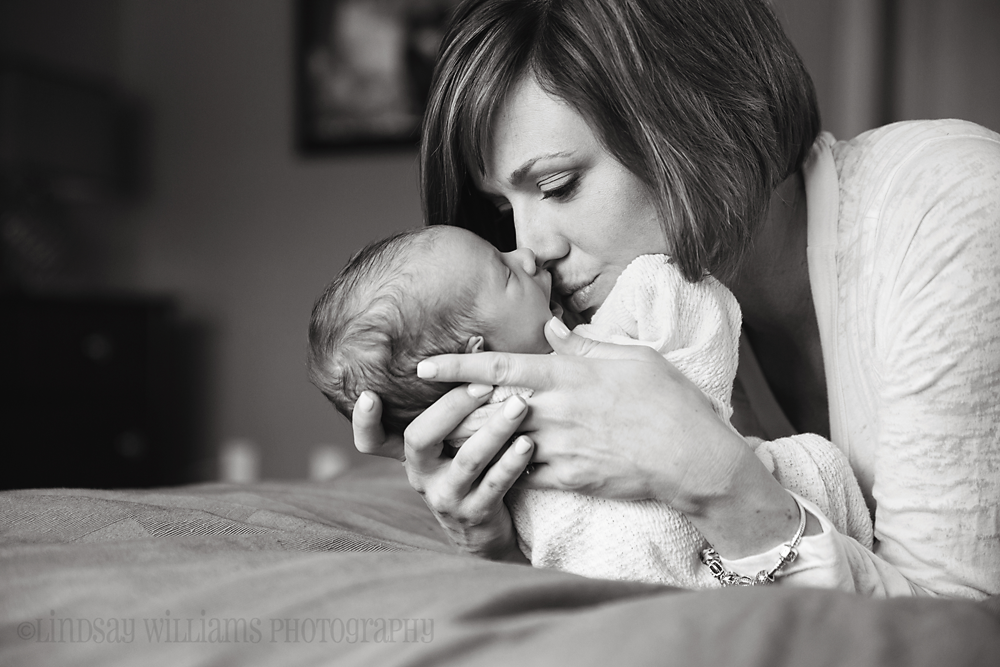
Getting correct exposure is critical, and there are some “rules” that have their place in your work. I would never want to use a wide angle lens to take a serious portrait of a bride, for example, or make my subjects look like they are sliding off the edge of the photo. However, it’s okay to chop a limb sometimes, if necessary. It’s okay if my subject is not looking at the camera. I even read once that you shouldn’t have your subject looking off camera unless you can see what he or she is looking at. But does that make this a bad photo?
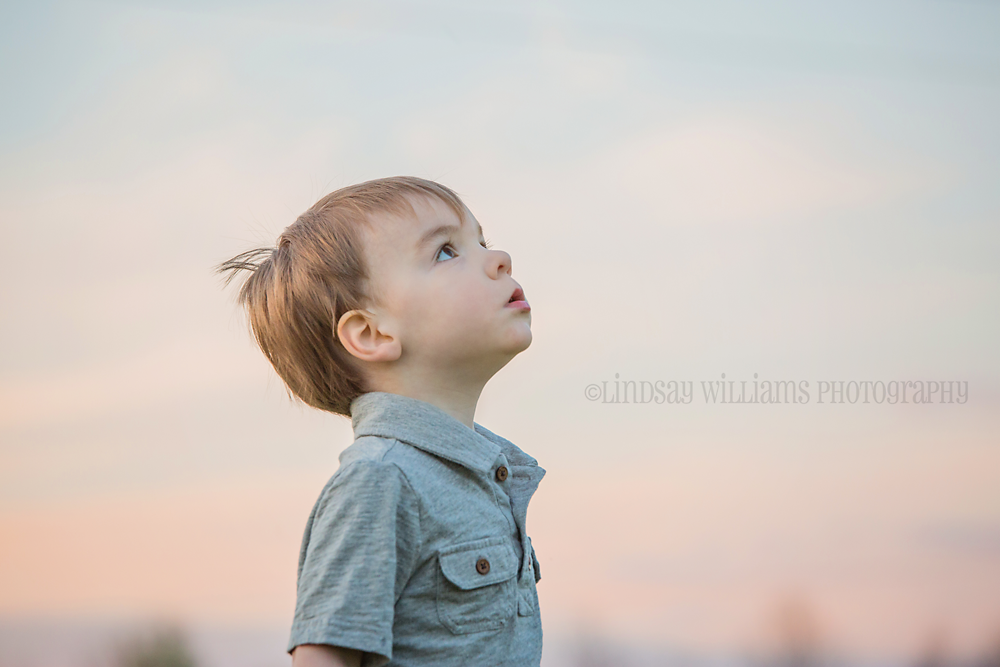
Here’s my point—If you are one who absolutely, positively, LOVES perfectly posed photos where everyone is looking at the camera and smiling, then that’s perfectly fine. Those types of photos are perfect—for you.
However, if my experience raising an autistic son has taught me anything so far, it’s that what is considered perfect for one is not necessarily perfect for another.
Just as Finley is perfect in my eyes, the photos I take that show who he is and what he loves are perfect in my eyes as well.
If you find yourself stressed, exhausted, and insecure like I was every time you attempt to get great photos and want to redefine your idea of imperfection like I did, here are a few tips to help.
- Get a good grip on exposure first, if you don’t already have one. No amount of emotion or personality in your photos is going to matter if you can’t see it because your photos are completely over or under exposed. There are tons of MCP tutorials here on the blog that can help with that.
- Stop scouring Pinterest and trying to replicate the images you see. Getting inspired by photos you see is one thing, but trying to make your subjects do exactly what you have seen done before in those photos will usually only end in frustration. I once spent two hours creating a backdrop of newspaper pages to use in photos of my boys only to rip it down five minutes later because neither of my boys would cooperate at all.
- Decide what you truly want to document. Is it a relationship between two people? An aspect of someone’s personality? A hobby or interest? A particular emotion? Once you decide, make sure your exposure is solid, and then solely focus on capturing what you are setting out to capture.
- Relax about the “rules.” Don’t toss a photo that cuts someone off at the knees if that photo shows genuine emotion. Use a wide angle lens, if you like the look it gives your photos. Relax. Sometimes rules are meant to be broken…if breaking them results in a photo you love.
Now, grab your camera and go take a photo YOU think is perfect. Don’t worry what the books say. Don’t think about what other photographers might think of it. Take a photo you love, and love the photos you take.
Period.
Lindsay Williams lives in south central Kentucky with her husband, David, and their two sons, Gavin and Finley. When she isn’t teaching high school English or spending time with her quirky little family, she owns and operates Lindsay Williams Photography, which specializes in lifestyle photography. You can check out her work on her website or her Facebook page.
